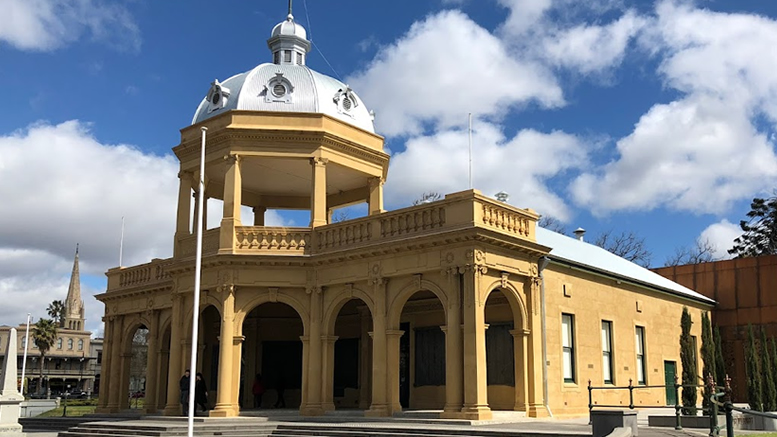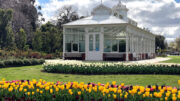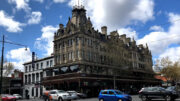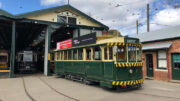
Located roughly in the centre of Victoria and around 150 kilometres north-west of Melbourne, Bendigo and has a very rich heritage.
Starting off as basically a sheep station and gaining its name from the Boxer Abednego who was idolised by the Sheep Station’s owner, Bendigo has over its 150 years become the fourth-largest city in Victoria after, Melbourne, Geelong and Ballarat.
In the 1850s, with the discovery of Gold in the region, Bendigo soon become the richest gold field in the country. This is still evident today with many of the magnificent buildings, including pubs, churches and public buildings from the period still standing.
Bendigo’s golden history lasted from 1851 until 1954 when the last gold mining was done in the district. The gold steam covered an area of over 3600 hectares. It is estimated some 25 million ounces of Gold was found in the surrounding area during this period.
The gold rush brought many immigrants to Bendigo in search of their riches, the Chinese have left the biggest legacy in the city. There is still a large Chinese population today, and Bendigo is home to a magnificent Chinese attraction, the Golden Dragon Museum with some of the world’s rarest Chinese artefacts and the world’s longest Imperial Dragon, the Sun Loong.
Today, Bendigo is a relaxed and somewhat elegant city, with much of its rich history still in reach. Bendigo prides herself on a mixture of tourism and agriculture and a growth in technology based businesses taking advantage of the location and set up costs.




